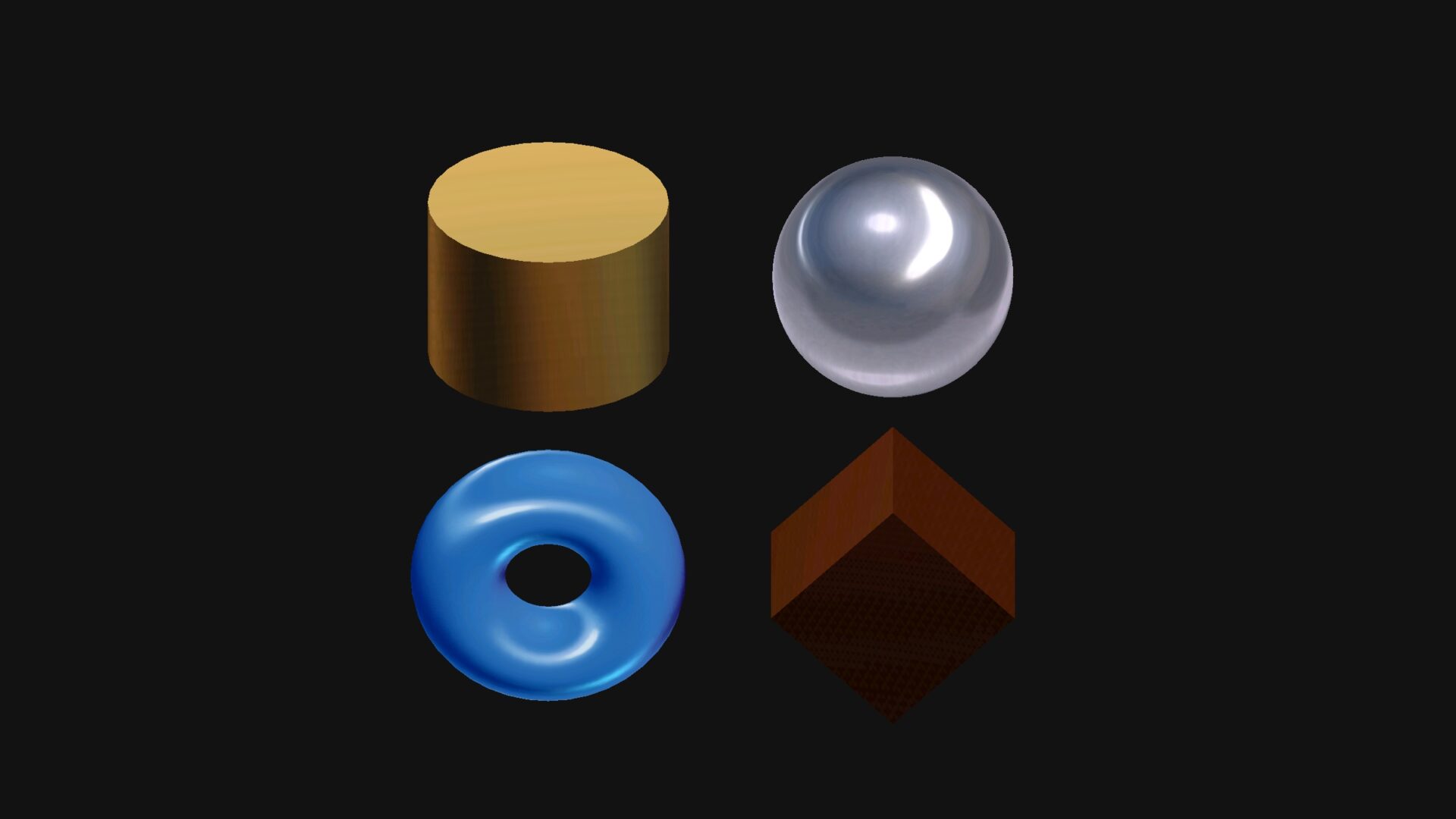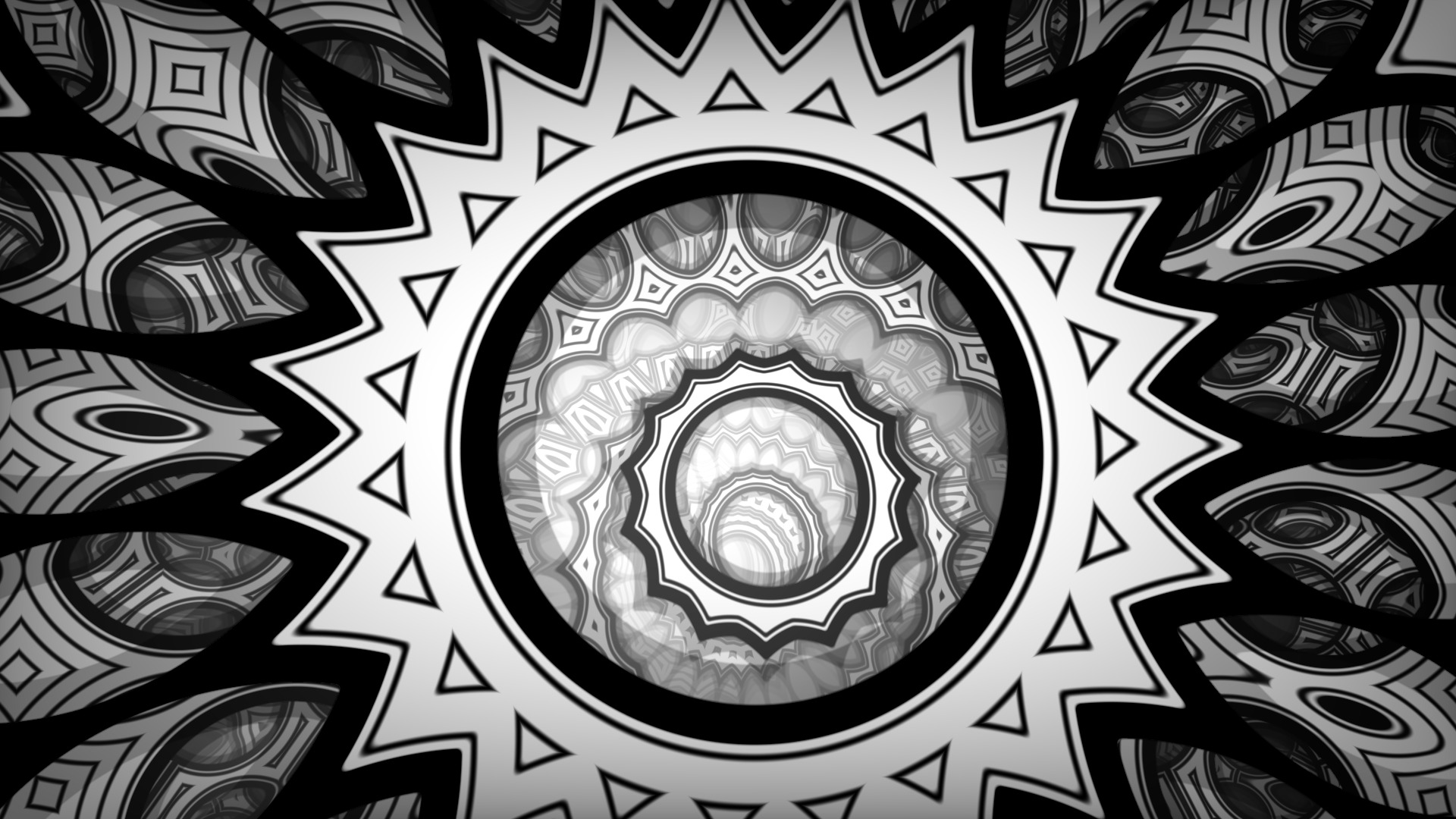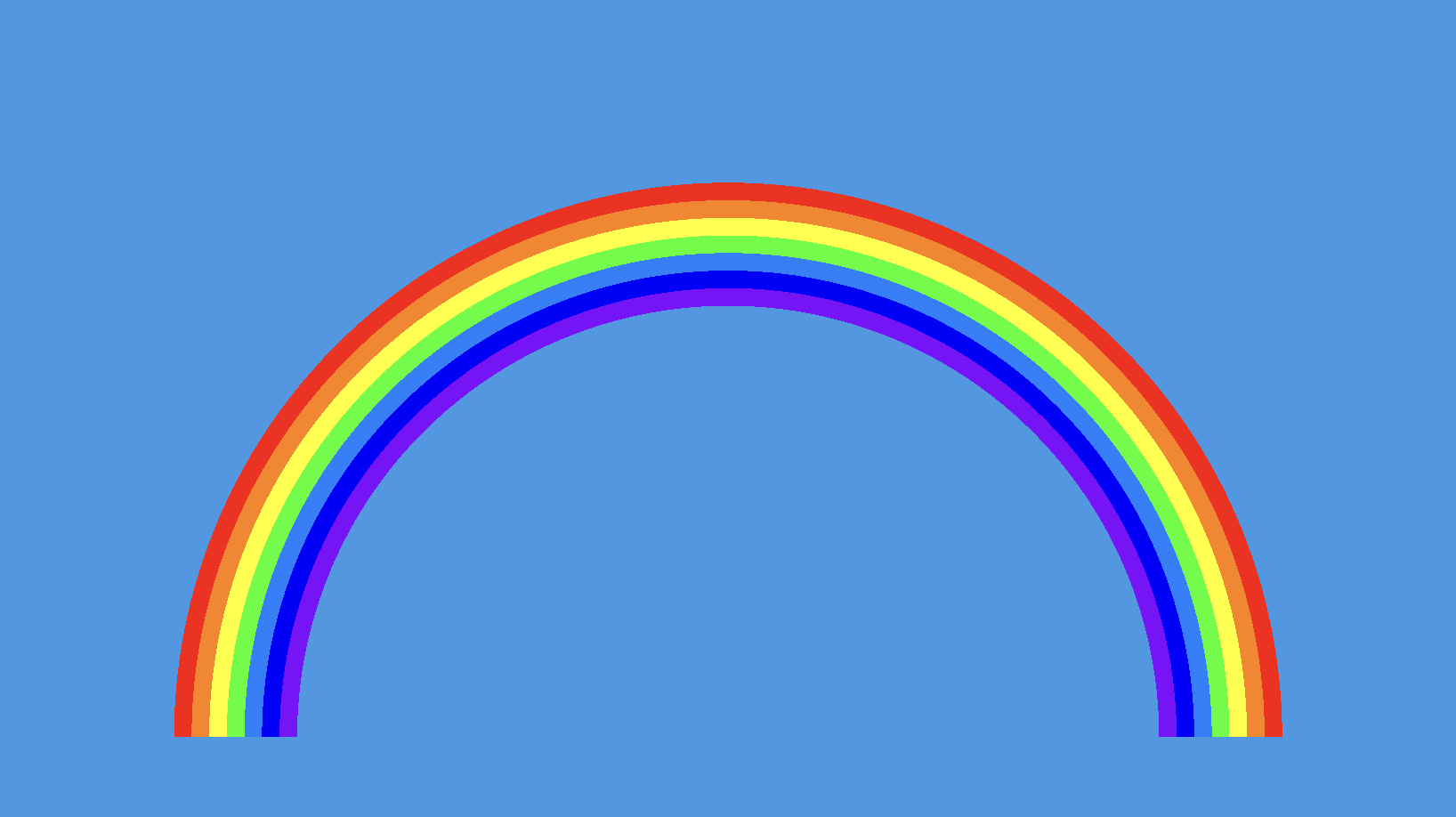Simple Kaleidoscope
Should be pretty obvious. Plenty of parameters to finetune the effect with.
Shader code
shader_type canvas_item;
group_uniforms segments;
uniform float segments: hint_range(2.0, 48.0, 1.0) = 6.0;
uniform bool segmentReflect = true;
group_uniforms;
group_uniforms polar;
uniform vec2 polarOffset = vec2(0.5, 0.5);
uniform float polarAngle: hint_range(0.0, 360.0) = 0.0;
group_uniforms;
group_uniforms source;
uniform vec2 sourceOffset = vec2(0.5, 0.5);
uniform float sourceScale = 2.0;
uniform float sourceAngle: hint_range(0.0, 360.0) = 0.0;
group_uniforms;
vec2 simpleRotate(vec2 uv, float rotation) {
return vec2(
cos(rotation) * uv.x + sin(rotation) * uv.y,
cos(rotation) * uv.y - sin(rotation) * uv.x
);
}
vec2 kaleid(vec2 uv, float addAngle, vec2 origin, float segCount, bool doReflect) {
// Convert UV to polar coordinates.
uv -= origin;
float radius = sqrt(dot(uv, uv));
float angle = atan(uv.y, uv.x) + addAngle;
// Find the angle needed for each segments.
// Then shift the angle so we repeat properly.
float segmentAngle = TAU / segCount;
angle -= segmentAngle * floor(angle / segmentAngle);
// Reflect down the middle if specified to.
if (doReflect) {
angle = min(angle, segmentAngle - angle);
}
// Convert polar back to UV coordinates.
return vec2(cos(angle), sin(angle)) * radius;
}
void fragment() {
vec2 newUV = kaleid(UV, radians(polarAngle), polarOffset, segments, segmentReflect);
newUV = simpleRotate(newUV, radians(sourceAngle));
newUV += sourceOffset;
newUV *= sourceScale;
vec4 finalColor = texture(TEXTURE, fract(newUV * sourceScale - sourceOffset));
COLOR = finalColor;
}








